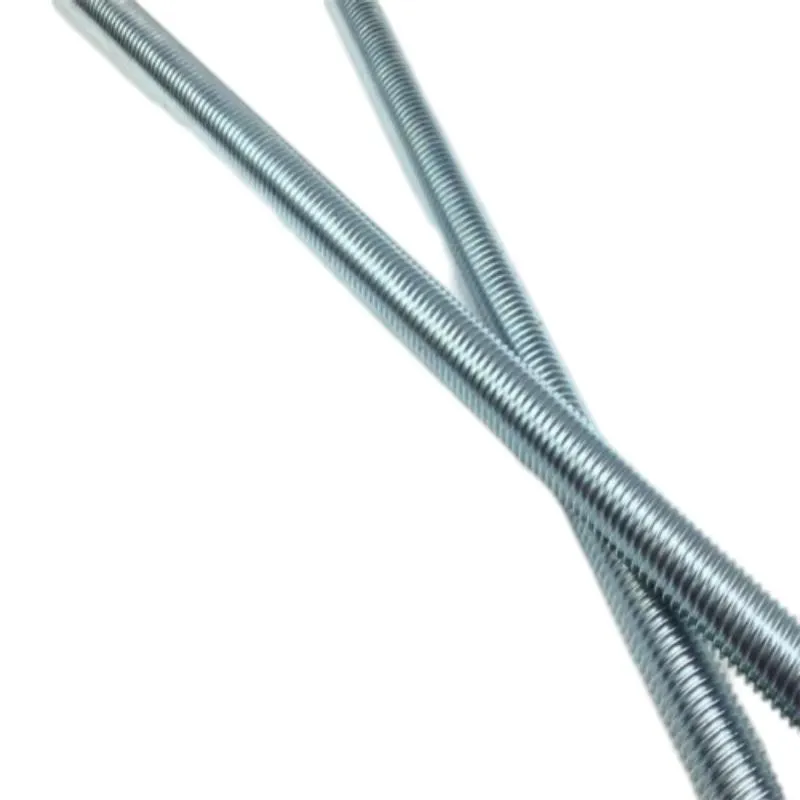Dec . 11, 2024 10:28 Back to list
Metric Dimensions of Hex Head Screws for Various Applications and Specifications
Understanding Hex Head Screw Dimensions in Metric
Hex head screws are ubiquitous components in mechanical and construction applications. Their robust design, characterized by a hexagonal head, allows for convenient torque application using standard tools. Understanding the dimensions of hex head screws, particularly in metric measurements, is essential for proper selection and application in various projects. This article aims to delve into the dimensions and specifications of metric hex head screws, providing a comprehensive overview for engineers, technicians, and DIY enthusiasts.
Basic Characteristics of Hex Head Screws
Hex head screws are designed to be inserted into threaded holes or to fasten two or more components together. They come in various materials, including steel, stainless steel, and brass, tailored to meet different environmental and mechanical requirements. The hexagonal shape of their heads provides a larger surface area for the wrench, enabling greater torque application compared to other screw types.
Metric Dimension Standards
In metric measurements, hex head screws are categorized based on several key dimensions diameter, length, thread pitch, and head height
. The following sections outline these dimensions in detail.1. Diameter The diameter of a hex head screw refers to the major diameter of the threaded portion. Common metric sizes include M2, M3, M4, M5, M6, M8, M10, M12, M16, M20, and M24. The M prefix denotes metric dimensions, with the number following it indicating the nominal diameter in millimeters.
2. Length The length of hex head screws is measured from the underside of the head to the end of the screw. Standard lengths are available in increments, often from 6 mm up to 100 mm or more, depending on the specific hex head screw type. When selecting a screw, ensure that the length accommodates the thickness of the materials being fastened.
hex head screw dimensions metric

3. Thread Pitch Thread pitch is the distance between threads, measured in millimeters. For metric screws, standard thread pitches vary based on the diameter of the screw. For example, an M6 screw typically has a standard pitch of 1.0 mm, while an M8 screw has a standard pitch of 1.25 mm. However, fine thread options also exist, offering tighter spacing for applications requiring greater precision.
4. Head Height The head height is measured from the bottom of the screw head to the top of the head. This dimension can influence the screw's ability to fit into specific recesses or continue functioning under torque. Different head heights correlate directly with the nominal diameter of the screw, with larger diameters generally having taller heads.
5. Wrench Size To ensure proper engagement and torque application, it is vital to match the hex head screw with the correct wrench size. For instance, an M6 hex head screw will typically require a 10 mm wrench, whereas larger screws will require correspondingly larger wrenches.
Material Considerations
The choice of material plays a crucial role in the application of hex head screws. Steel screws are common due to their strength and relatively low cost, often treated with coatings for corrosion resistance. Stainless steel is preferred in applications exposed to moisture or corrosive environments, offering excellent durability. For specialized applications, such as electrical connections, brass screws may be used due to their excellent conductivity.
Conclusion
Understanding the dimensions of hex head screws in metric units is fundamental for anyone involved in mechanical or construction work. Selecting the correct size, length, and material not only ensures that the connections are secure but also enhances the longevity and performance of the assembled components. When considering hex head screws for your next project, always refer to reliable charts and standards to ensure compatibility and optimum performance. This ensures that you achieve both safety and efficiency in your applications, whether in professional settings or personal DIY projects.


